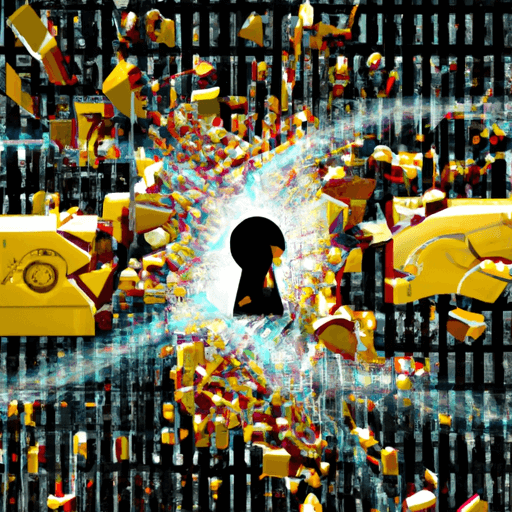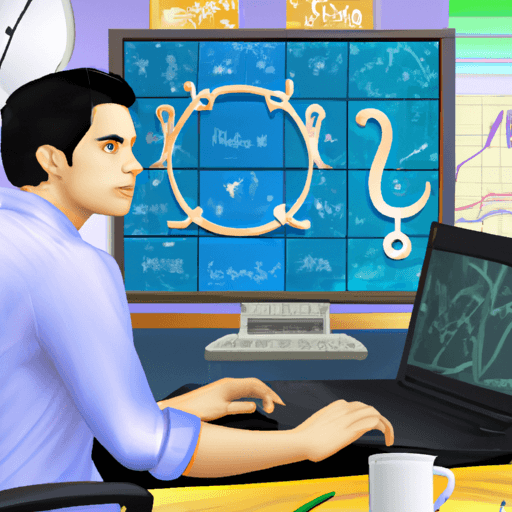Digital Minimalism: A New Pathway to Healthier Lifestyle
In an era ruled by electronic gadgets and social media, it is challenging to navigate our day without overexposure to digital content. Such incessant engagement can have detrimental effects on our mental and physical health, thereby affecting our overall quality of life. In light of such challenges, the concept of digital minimalism seems to be the beacon of a healthy lifestyle.
What is Digital Minimalism?
Digital minimalism is the philosophy that helps individuals focus on what's important in life by reducing their time spent online. It involves being intentional about our digital interactions and eliminating unnecessary ones. Instead of being aimlessly available online, it suggests purposeful online engagements to create a balanced harmony between digital life and real-world experiences.
Benefits of Digital Minimalism
Introducing minimalism in the digital aspect of life is highly beneficial for mental and physical health. A study conducted by the 'American Psychological Association' showed that depositing lesser time in consuming digital content significantly reduces stress levels. It automatically leads to better-quality sleep, improved productivity, and stronger real-life social connections. Even Google backs the minimalistic digital lifestyle - it launched a suite of 'Digital Wellbeing' tools for controlling smartphone usage.
Implementation of Digital Minimalism
Incorporating digital minimalism into everyday life may seem a challenging task, but a few steps can make it feasible. Initially, one can start limiting time spent on digital devices, gradually decreasing usage hours. Secondly, eliminate unnecessary applications and notifications that distract and promote unproductive screen time. Another effective way is to designate specific times in a day when digital devices are not to be used, like dinner time or before sleep. This can immensely help in improving the quality of life.
Challenges and Solutions
Just like starting any new routine, digital minimalism too, comes with challenges. The urge to check updates or the fear of missing out (FOMO) can be overwhelming. The best way to deal with this is to replace online interactions with beneficial real-world activities. The more mentally and physically engaged we are in real world, the less we rely on digital content. As expert Cal Newport suggests in his book Digital Minimalism, we should spend time alone, don’t click ‘like’, reclaim leisure, and join the attention resistance, to effectively overcome digital overuse.
Implementing digital minimalism has been proven beneficial for many. A renowned entrepreneur, Time Ferris, who is an avid practitioner of this concept, claims that it has helped him maintain sanity in this frenzied digital world. Further, taking inspiration from such success stories, many companies are embracing digital minimalism for their workers to prevent burnout and enhance productivity.
Indeed, the essence of digital minimalism lies in understanding that online platforms are tools, and we control how we use them. We should not let them preoccupy our lives at the cost of health and meaningful, real-world engagements.
















Comments
Leave a Comment